
S'abonner à la newsletter
Entrez votre adresse email ci-dessous et abonnez-vous à notre newsletter

Entrez votre adresse email ci-dessous et abonnez-vous à notre newsletter
Votre source d'actualités et de guides sur les jeux
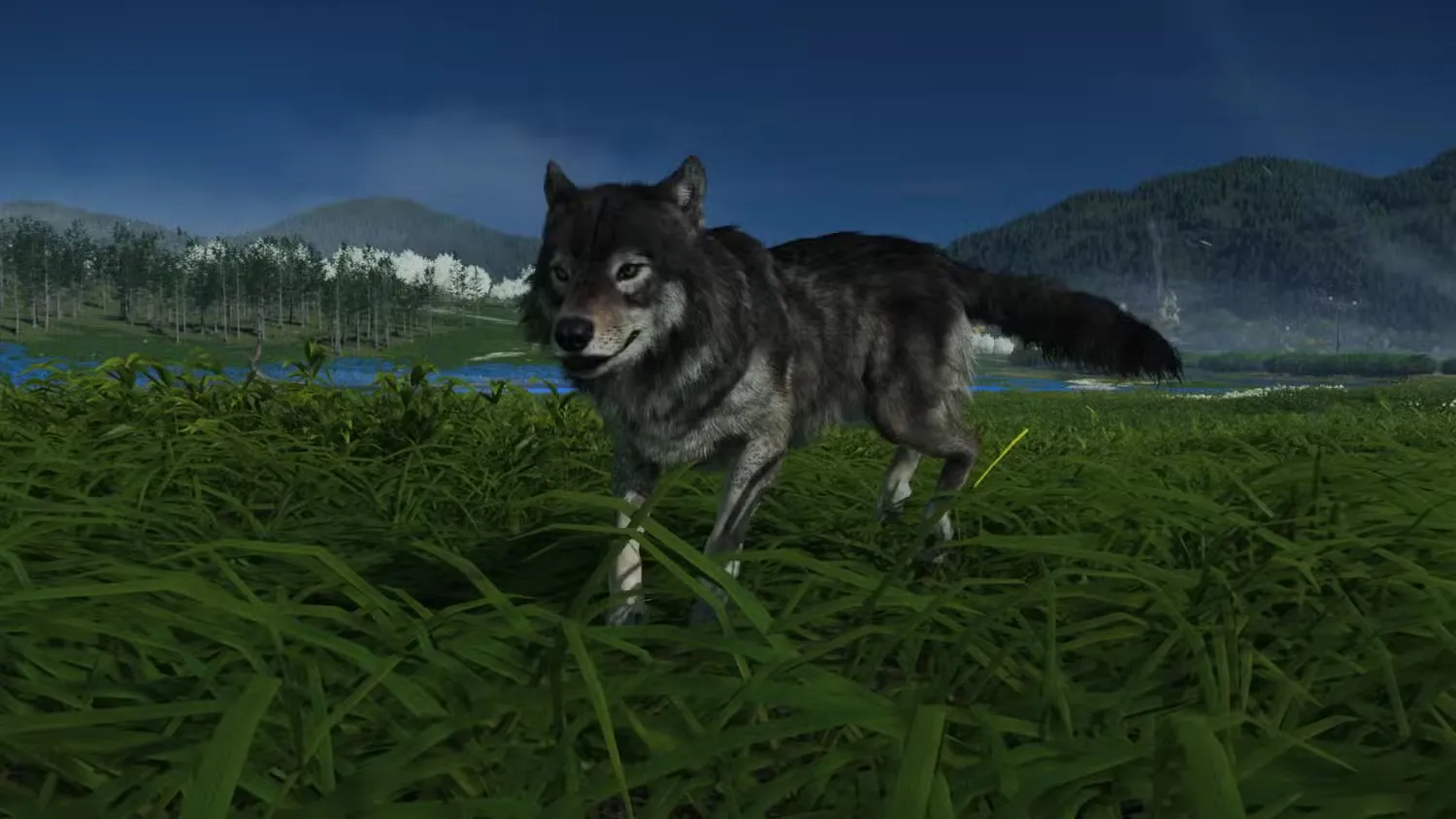
One of Fantôme de Yotei‘s most memorable additions is your Wolf companion—a fierce, loyal ally who enters Atsu’s life on her first freezing night in Ezo. What begins as a chance encounter over a shared fish becomes one of the game’s deepest bonds, transforming into a combat partnership that can turn the tide of impossible fights.
But here’s the thing: the Wolf isn’t like your horse. You can’t just whistle and expect her to appear on command (at least not at first). Understanding how to summon, bond with, and upgrade your Wolf companion is essential to unlocking one of Ghost of Yotei’s most satisfying gameplay systems.
Let me walk you through everything you need to know about this beautiful, deadly friend—from your first random encounters to building an unstoppable duo that strikes fear into the hearts of the Yotei Six’s forces.
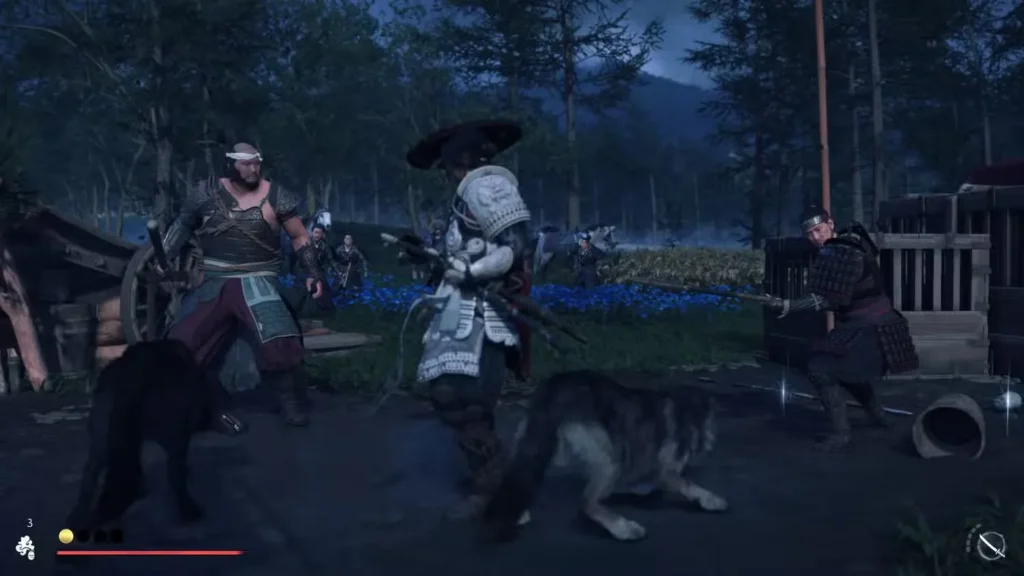
Before we dive into summoning mechanics and upgrades, let’s handle a critical step that some players miss entirely: making sure the Wolf can actually appear.
Here’s what to do:
If this setting is off, the Wolf will never appear—not randomly, not through songs, not at all. I’ve seen forum posts from confused players wondering why they haven’t seen the Wolf in 10 hours of gameplay, and this setting is usually the culprit.
Why would it ever be off? Some players prefer a more “realistic” or solo experience without AI companions. Sucker Punch respects that choice, but make sure you’ve made it intentionally rather than accidentally.
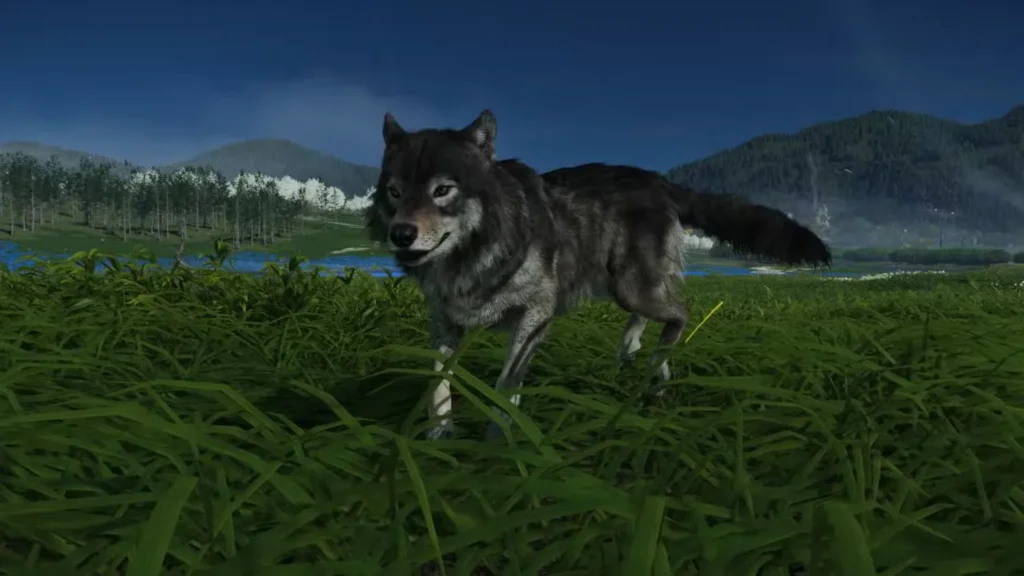
At the start of Ghost of Yotei, the Wolf appears randomly and unpredictably. You can’t control when she shows up—she just materializes when fate (and the game’s RNG) decides.
The most dramatic early appearance:
When Atsu gets downed in combat, there’s a small chance the Wolf will appear to rescue you from death. It’s essentially a free revive, and the first time it happens is genuinely emotional. One moment you’re staring at the “you died” screen incoming, the next a gray blur tackles your attacker and gives you a second chance.
What this teaches you: The Wolf isn’t just a combat tool—she’s a guardian. The game establishes this relationship through mechanics, not just cutscenes.
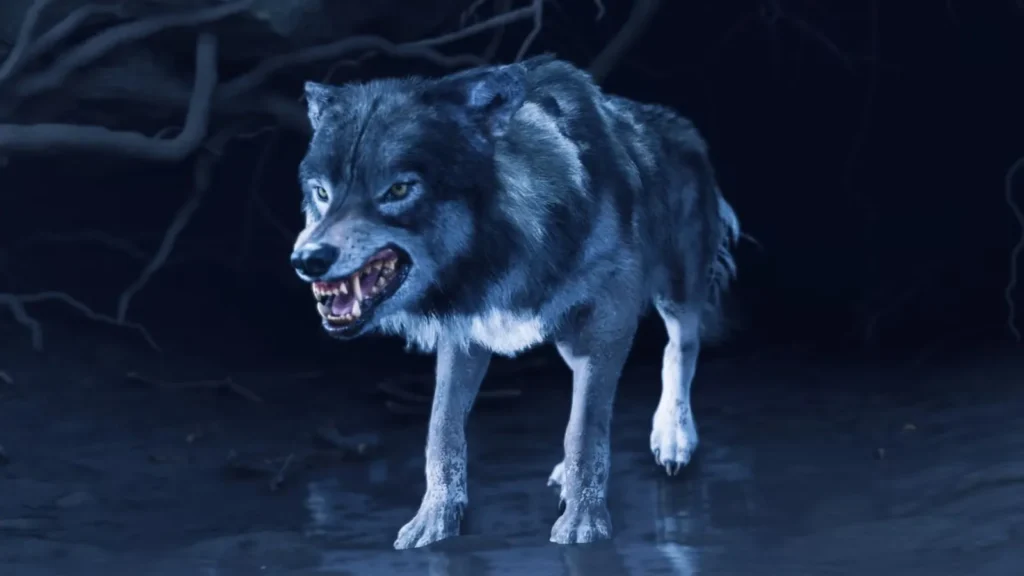
Relying on random Wolf encounters is like hoping for rain in a drought. Sometimes she appears when you desperately need her. Other times she’s nowhere to be found during brutal fights where her help would be invaluable.
This is intentional design. The early randomness mirrors Atsu and the Wolf’s developing relationship. They’re still figuring each other out, learning to trust, building a bond that transcends simple companionship.
But eventually, you want reliability. You want to be able to call on your friend when you need her. That’s where the Song of the Wolf comes in.
After completing 4 Wolf Dens, you’ll learn the Song of the Wolf for your Shamisen. This is the moment your relationship with the Wolf transforms from chance encounters to intentional partnership.
How to use the Song of the Wolf:
This is huge. Instead of hoping the Wolf randomly appears, you now have agency. You’re not waiting for her to decide to show up—you’re calling her to your side, and she answers.
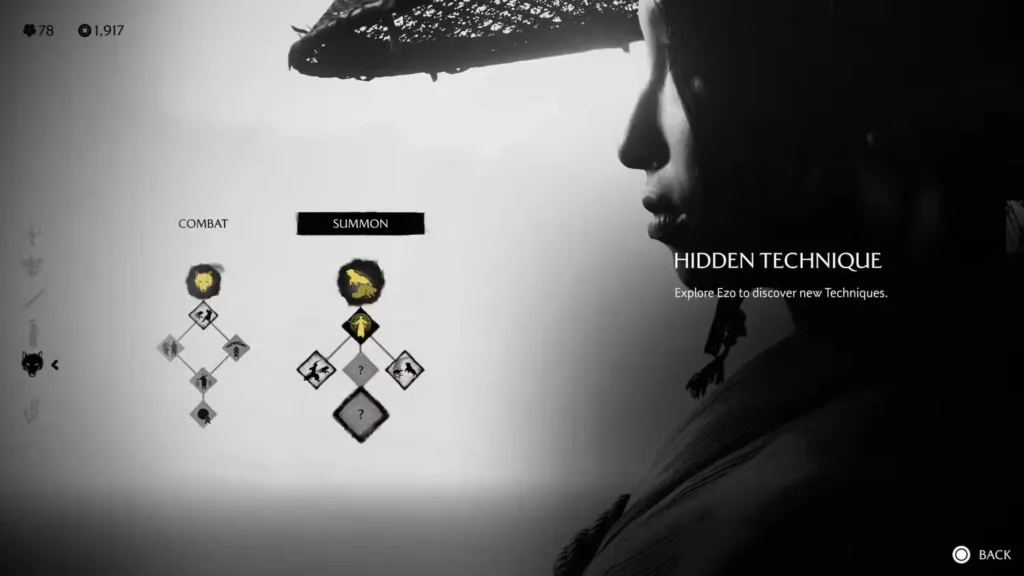
The Shamisen isn’t just a menu option—it’s a cultural and narrative element that deepens Atsu’s character. Using music to call a wild animal speaks to a bond that goes beyond domestication or training. You’re not commanding the Wolf; you’re inviting her.
That distinction matters. The Wolf could ignore you. She chooses not to because of what you’ve built together through the Wolf Dens.
Astuce de jeu : Get in the habit of playing Song of the Wolf before tackling difficult encounters. Bandit camps, duels, bounty targets—having the Wolf by your side transforms these fights from challenging to manageable.
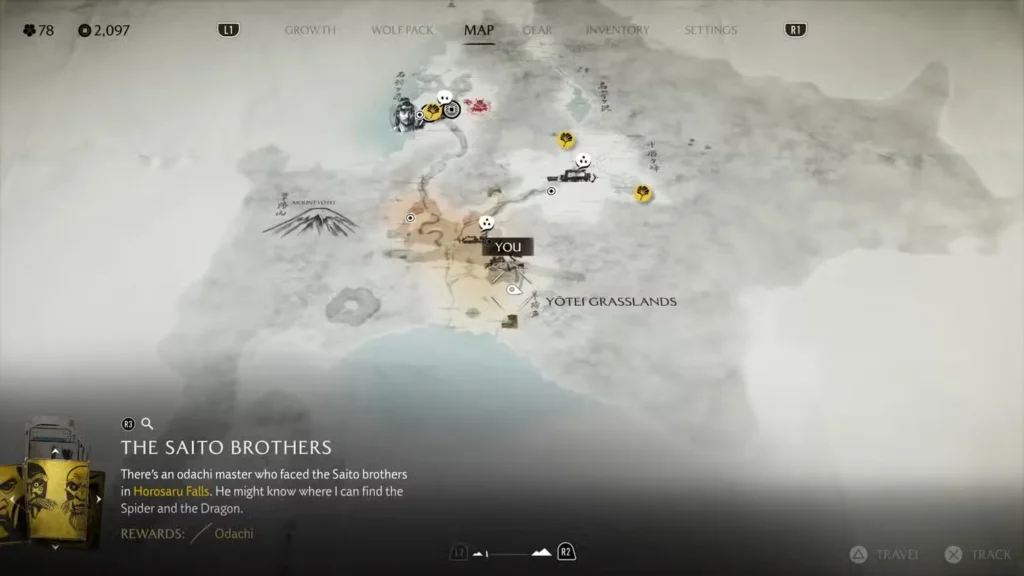
Wolf Dens are special locations scattered across Ezo where Atsu and the Wolf share moments of connection. Completing them serves three crucial purposes:
Il y a 10 Wolf Dens total across the map, which means 10 skill points to customize how your Wolf fights alongside you.
Method 1: Follow the Golden Birds
As you explore Ezo, you’ll occasionally spot golden birds flying through the environment. These aren’t just atmospheric—they’re guides leading you to points of interest, including Wolf Dens.
When you see a golden bird:
Method 2: Buy Maps from Cartographers
Found in villages and inns, Cartographers sell maps that reveal Wolf Den locations across different regions. This is the efficient approach if you want to systematically complete all Wolf Dens without wandering.
Ma recommandation : Use a mix of both methods. Let golden birds guide you organically during exploration, but buy maps for regions you’re actively clearing to ensure you don’t miss any Dens.
These aren’t just skill point dispensers. Each Wolf Den includes quiet moments between Atsu and the Wolf—wordless interactions that build their relationship through environmental storytelling and subtle animation.
After completing 5 Wolf Dens, you can name her. This mirrors the horse naming mechanic but feels even more meaningful because you’ve worked harder for it. The Wolf chooses to stay with you; your horse is domesticated. There’s a difference.
Take your time with these moments. Don’t treat Wolf Dens as checkboxes. Let yourself experience the bond forming between woman and wolf, two survivors finding kinship in a harsh world.
Each Wolf Den completion grants one skill point to spend on Wolf-specific abilities. With 10 Dens total, you get 10 points, which means you can unlock every skill and fully upgrade your companion.
The skills fall into two categories:
Let’s break down each skill and what it actually does in practice.
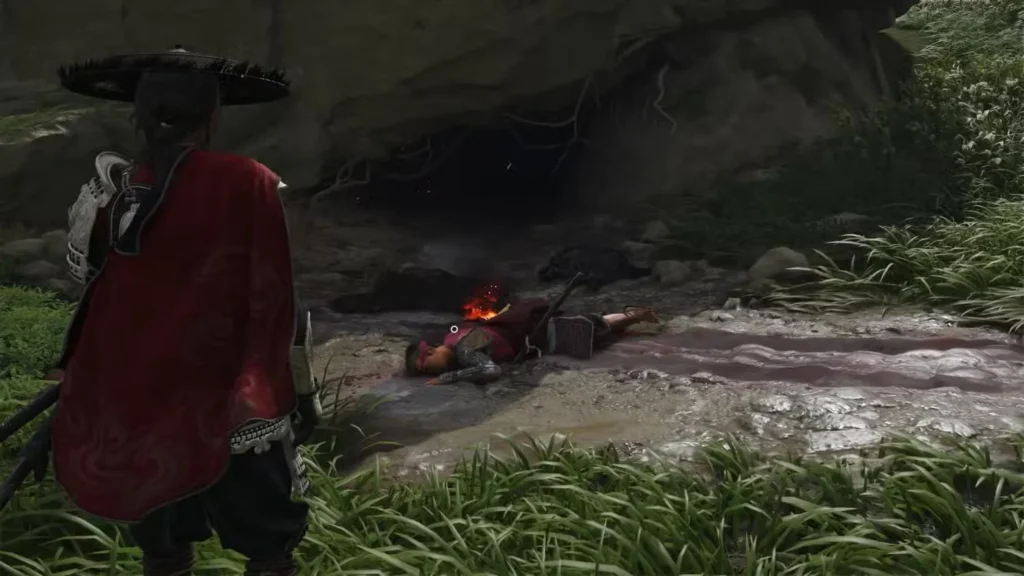
Wolf Strike
Wolf’s Vengeance
Wolf Assassination
Wolf’s Ferocity
Wolf’s Might
Wolf’s Wrath
Wolf Rescue
Wolf Howl
Wolf Strike Summon
Wolf Standoff
Primal Bond
1. Primal Bond – Get this first. Reliable summoning is more valuable than anything else.
2. Wolf’s Vengeance – Makes the Wolf stay and fight rather than appearing briefly. Essential foundation.
3. Wolf’s Might – Being able to instantly kill Brutes and Leaders changes difficult fights dramatically.
4. Wolf Assassination – If you favor stealth, grab this early. If you’re pure combat, skip it for now.
5. Wolf’s Ferocity – Increased stagger damage makes the Wolf even more disruptive in fights.
6. Wolf Strike – Combo potential for players who use thrown weapons.
7. Wolf’s Wrath – Spirit generation and crowd control through fear.
8. Wolf Rescue – Safety net for aggressive players.
9. Wolf Howl – Synergy with specific abilities.
10. Wolf Strike Summon – Extra summoning chances for ranged builds.
Flexibility note: This path prioritizes reliability and combat effectiveness. Adjust based on your playstyle—stealth players should grab Wolf Assassination earlier, while aggressive fighters might prioritize Wolf’s Wrath for Spirit generation.
Having the Wolf isn’t just about extra damage—it’s about creating opportunities and managing battlefield chaos.
How to maximize Wolf effectiveness:
Threat Management
Combo Setups
Elite Elimination
Resource Generation
Best situations for summoning:
✓ Entering a bandit camp with 8+ enemies ✓ Boss fights or duels against elite opponents ✓ Defending a position during story missions ✓ Overwhelming odds where you need immediate help ✓ Stealth infiltrations where Wolf Assassination doubles your effectiveness
When to save the song:
✗ Single weak enemies you can handle easily ✗ Environmental puzzles or non-combat exploration ✗ Right before a cutscene (Wolf might disappear) ✗ When you know a major fight is coming in 30 seconds
Souviens-toi: There’s no cooldown or resource cost to playing Song of the Wolf (with Primal Bond). When in doubt, call your friend. Better to have her and not need her than need her and not have her.
Once you’ve completed 5 Wolf Dens, you’ll unlock the ability to name your Wolf companion. This is a significant emotional beat in Atsu’s journey—the moment when a wild animal becomes ton wolf.
Naming tips:
Popular choices I’ve seen:
My wolf’s name: I chose “Shiranui” (unknown fire), referencing the mysterious lights sometimes seen in Japanese folklore. It felt right for a companion who appears from nowhere to protect Atsu.
There’s no wrong answer here. This is your journey, your companion, your bond. Pick a name that resonates with you.
The Wolf represents something essential to Ghost of Yotei’s themes: connection in isolation, trust in a world of betrayal, loyalty when humanity has failed you.
Atsu’s family was murdered. The Yotei Six betrayed every principle of honor. Across Ezo, she encounters cruelty, corruption, and violence. But this wolf—a wild predator who owed her nothing—chose to stay. Chose to protect. Chose to fight alongside her.
That’s powerful storytelling through mechanics.
Every time you play Song of the Wolf and she appears, you’re reinforcing that bond. Every Wolf Den you complete, you’re choosing to invest in this relationship. Every skill you unlock, you’re saying “we’re in this together.”
By the time you’re deep into your revenge campaign against the Yotei Six, with the Wolf flanking you in battle, it doesn’t feel like an AI companion—it feels like your partner. Someone who’s been with you from the beginning, through every fight, every loss, every victory.
For more about Ghost of Yotei and its world, visit the official PlayStation page or explore the historical context.
The Wolf is optional but essential. You could technically play Ghost of Yotei without ever summoning her (beyond random appearances), but you’d be missing one of the game’s most rewarding systems.
Prioritize finding Wolf Dens early. The sooner you unlock skills and Song of the Wolf, the more gameplay you experience with a fully-upgraded companion.
Experiment with different skill combinations. Your playstyle will determine which Wolf abilities feel most impactful.
Don’t forget to enable Wolf Appearances in settings. Can’t emphasize this enough—check that setting!
Most importantly: appreciate the bond you’re building. This isn’t just about combat effectiveness. It’s about Atsu finding loyalty and companionship in a world that took everything from her.
Now go find those Wolf Dens, play that song, and let your friend show you what she can do.
What did you name your Wolf? Which skills have you found most useful in combat? Share your Wolf strategies below!